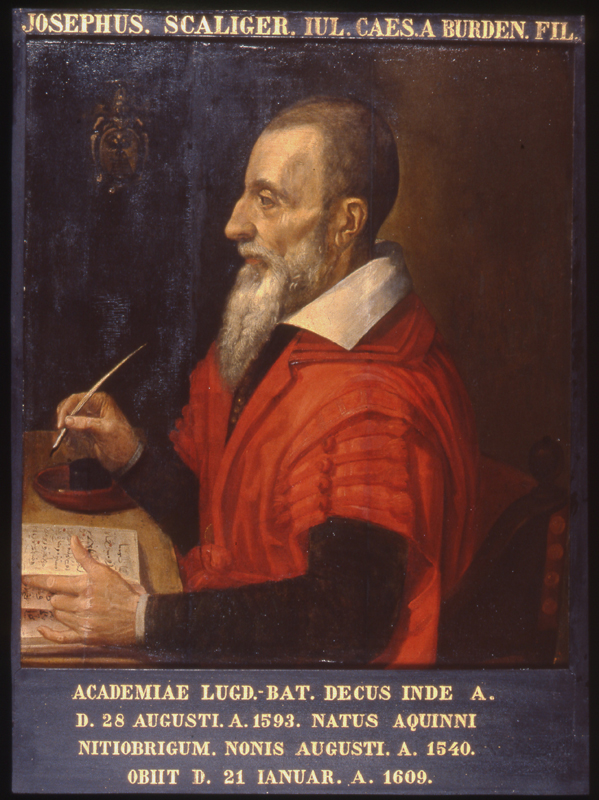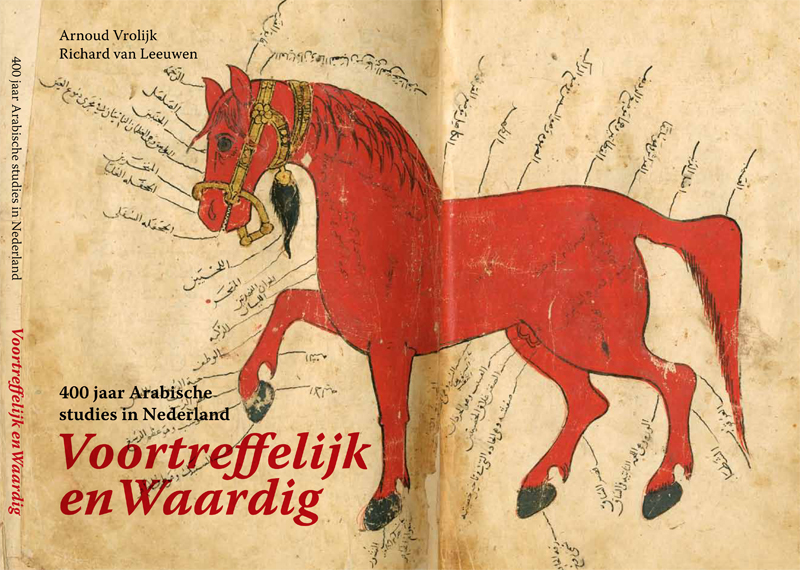The Teaching and Learning of Arabic in Early Modern Europe
Exhibition and Catalogue 400 Years of Arabic Studies in the Netherlands
The conference on the Learning and Teaching of Arabic was complementing and supplementing an exhibition at the Leiden Museum of Antiquities. The exhibition Voortrefflelijk en Waardig. 400 jaar Arabische Studies in Nederland (5 September 2013 to 2 March, 2014) was co-funded by HERA and celebrated the long tradition of Arabic studies in the Netherlands. The curator of the exhibition, Arnoud Vrolijk and Richard van Leeuwen, wrote a beautiful catalogue to the exhibition, which is at the same time a richly illustrated history of Arabic studies in the Netherlands. With the support of HERA and EOS, the catalogue could be translated into English and appeared under the title Arabic Studies in the Netherlands: A Short History in Portraits, 1580-1950.
The Exhibition
The small exhibition on 400 years of Arab Studies in the Netherlands was organised in collaboration with the Leiden University Libraries and the Academic Historical Museum. The exhibition outlined the history of this scholarly tradition based on portraits of mainly Leiden professors of Arabic and their scholarly legacy. Moreover, there were books, prints and manuscripts to see. Editor and guest curator of the exhibition was Arnoud Vrolijk, curator of Oriental manuscripts and old prints of the Leiden University Libraries.
Scholars of world renown
400 years ago, in May 2013, Thomas Erpenius, the first Leiden professor of Arabic, gave his lecture "On the Dignity and Excellence of the Arabic Language'. Since then, Arabic studies has a deep-rooted local tradition in Leiden that is known throughout the world. Scholars like Scaliger, Erpenius, Golius, the Goeje and Snouck enjoy worldwide fame.
Behind the Leiden professors and their university was a complete local infrastructure, which consisted of oriental printers such Elzevier and Brill, booksellers and auctioneers. Arabic Studies in Leiden are a striking symbol of the 'look at the Other' through the course of the centuries. It shows a cosmopolitan curiosity about the exotic world of Islam, mixed with a healthy dose of entrepreneurial spirit.
Media coverage
The exhibition received wide coverage in the Dutch media. The Moslim Omroep, one of the national Dutch channels, devoted ca. 15 minutes to the exhibition and other aspects of Arabic studies in Leiden in its weekly newsreel 'MO Actueel'. The item on Arabic studies starts at 12:40 minutes. Click on the 'full screen' icon in order to see the taskbar that enables to move fast forward.

Joseph Justus Scaliger, (1540-1609), pioneer of Arabic Studies in Leiden
The Publications
Alongside the exhibition, a book appeared with the same title, written by Arnoud Vrolijk and Richard van Leeuwen. Like the exhibition, the book outlines the history of Arabic scholarship in the Netherlands. The book provides portraits of the most distinguished Dutch Arabists and places them in their historical and intellectual context. The Dutch original of the book was translated into English by Alastair Hamilton. It has the title Arabic Studies in the Netherlands. A History in Portraits, 1580-1950.

